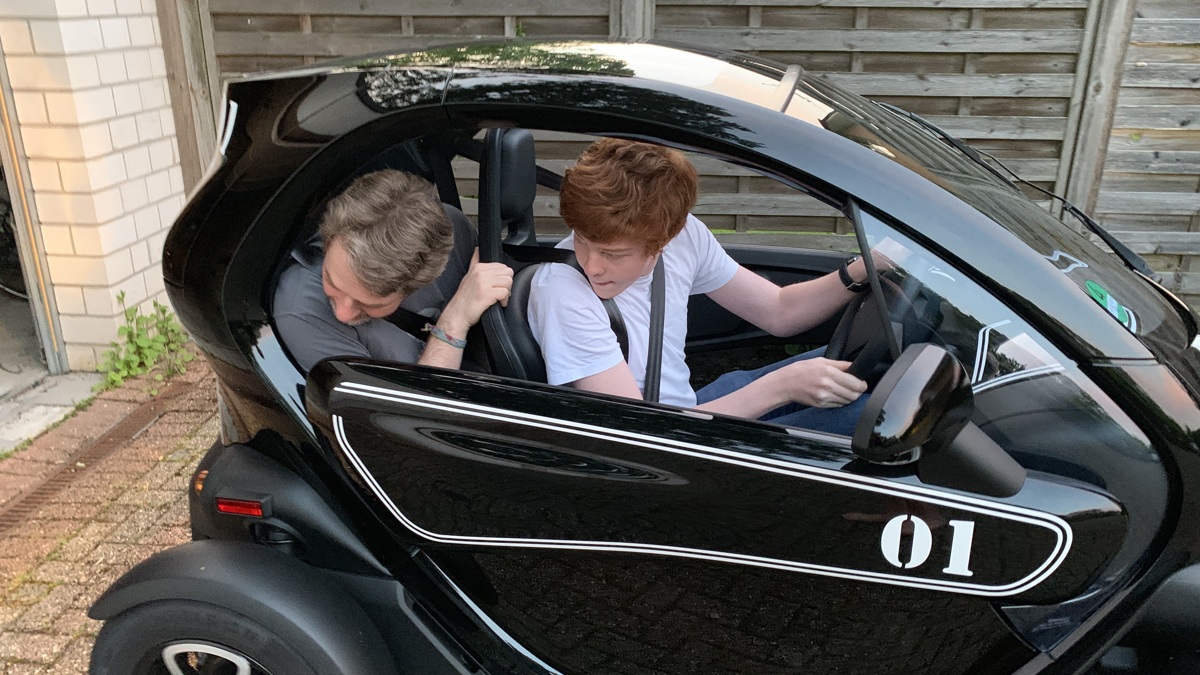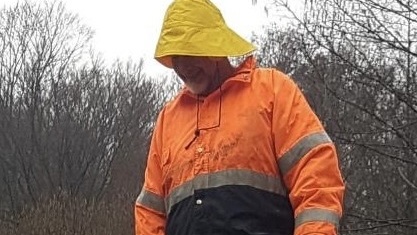Even if we had low-emissions, low-noise, low-accident cars, there’d still be the concrete jungle surface needed to drive them - and loads of emissions to make the steel and cement of highways.
Although cars carrying four or more people directly to a medium-distance destination can be relatively efficient per pers-km, people buy oversized cars imagining some dream holiday, then use them for daily life on one-person trips that (electric-) bicycles and/or trains could do - car-sharing could help avoid that and solve the EV-range issue (although personally, my dream holidays would be in places with no cars at all).WRONG!! Velomobiles and other man-powered (or nature powered) land vehicles absolutely exist.
I’d argue if you’re making the human more efficient than walking, you’re reducing CO2 output compared to simply walking there.
If a reduction in human CO2 compared to distance traveled isn’t good for the environment, then nothing is good for the environment.
Do those really count as cars in the usual sense of the term?
Does it have to be usual when the qualifier on the negative is “none”?
I’m not sure I follow.
They are saying there are zero cars that fit the bill. Why is an “unusual” car not part of “all cars”? It’s a basic question of what set is being considered.
Of course if you limit “cars” to be anything that is over 1000lbs with an engine, THAT set of “cars” is going to be far less economical than some other vehicles that many would still call a “car”.
I personally think of “automobiles” so self powered vehicles. Velomobiles (human powered) are cool but i live in the mountains and I do not get decent comfort with them.

My daily driver, is a Renault Twizy. It comes with a (electric) engine, steering wheel, gas and brake pedals, a roof, a windshield and other stuff most people associate with “car”. It also weights about 400 kg empty and four of them use less parking space than one traditional car. I power it with solar power for my own roof. It maxes out at about 80 km/h which makes it suitable for short trips on the Autobahn.
Might not be a usual car but still quite traditional and much more energy efficient than a 2100 kg Tesla.
I get you now. But I still feel like “car” is intended to be (or ought to be) narrowly defined as a 1000-lb metal box on wheels with an engine. I think referring to other vehicles as “cars” just muddles the discourse.
Then again, I’m conflicted. If I replace “car” with another word like “meat” or “milk”, I have a different reaction. If someone wrote an article about factory-farm chickens vs free-range chickens and said, “There really is no such thing as ‘good’ meat,” I’d definitely chime in with, “What about vegan meat?”
Maybe it’s because I perceive the gap between animal meat and vegan meat as narrower than the gap between 1000-lb metal boxes with engines and other types of vehicles. Like… if I have to pedal, it’s not a car.
Is the Flintstones car a “car”?
Well, in that vein, there are many light weight solar powered “cars”. Some formula of solar panels don’t use much of rare/bad materials, and salt batteries are already a thing, so certain constructions wouldn’t need to climb much of a hill to become a net-positive.
*in the USA I bet this is pretty different in countries that have kept up with switching the grid to renewables.
Even still, each battery pack and the 6,000lb car put more strain on the mines, factories, and roads. Those resources could be used for stuff like ebikes where you only need a fraction of the power to get the bike to move forward.
EVs have their place, but eventually we are going to have to reckon with a post-car reality. Building trans, trams, BRTs (fast bus lines) and bike lanes will make cities faster to get around, without having to own a vehicle to get groceries a mile down the road. Making sidewalks comfortable and wider will also make stuff feel less shitty.
We’ll probably get to a point where you can rent a vehicle if you really need it for remote areas, but day to day, you can pocket that insurance/maintenance/fuel/depreciation money and use it on something else.
6000lb car
Absolutely clueless American take on the average size of a car 😂
EVs are heavy. While they vary by make and model, the sedans like Lucids around Vancouver BC and WA weigh 5,200lbs without any cargo, bike racks, ski racks, or people in it.
https://en.m.wikipedia.org/wiki/Lucid_Air
Sedans to SUVs also weigh in the 3,500-5,200 lbs when empty. https://electrek.co/2021/08/02/how-much-does-a-tesla-weigh-comparing-each-model/
Electric trucks (not pickups) are also getting more popular, and will also need to be factored into things like updated crash barriers, bridges, offramps and older city roads built on top of thin concrete structures from the 1900s. It’s going to cost cities a lot of money if we don’t emphasize a reduction in cars and trucks going forward. We should be pushing rail and bikes harder.
That’s according to a peer-reviewed study funded by the Ford Motor Company, a company that makes most of its profits from gas-powered vehicles.
If you want to see if a tech is part of a renewable future, it is direct emissions that should be counted. EVs are at zero. They don’t emit CO2 when running, when being produced or when being disposed of. They use electricity and transport, two things that we can provide without emitting CO2. They are a piece of the puzzle of a sustainable society, something thermal cars will never be, and something these graphs hide.
Of course we will be better off without cars and trucks, but the road towards them being totally gone is long, and it is time we don’t have.
Overall a good summation of most of the facts, however, they did gloss over an important issue with EVs and the grid.
Yes, the grid can handle the additional load with proper development, but adding any new load to the grid at this point will necessarily slow our transition away from fossil electricity, unless you somehow charge only during times of excess renewable energy. Currently, this is not possible.
Also, I think there’s lots of other useful things we might find to do with cheap excess energy that will be available at certain times. I don’t know exactly what but pumping or desalinating water is one possible idea. Sort of an inverse peaker plant—a cheap piece of infrastructure that may sit idle for a time but kicks on when there is more energy than we can use to do some practical work.







